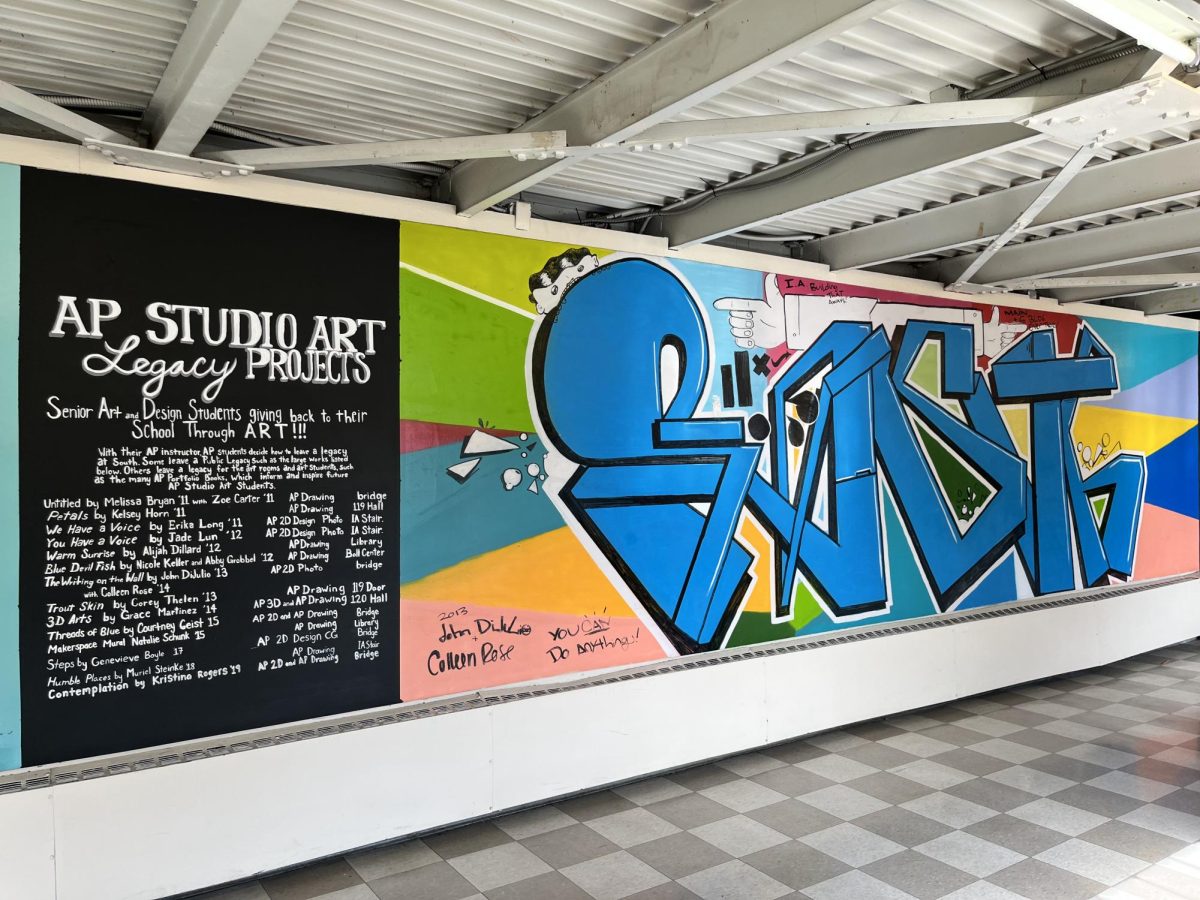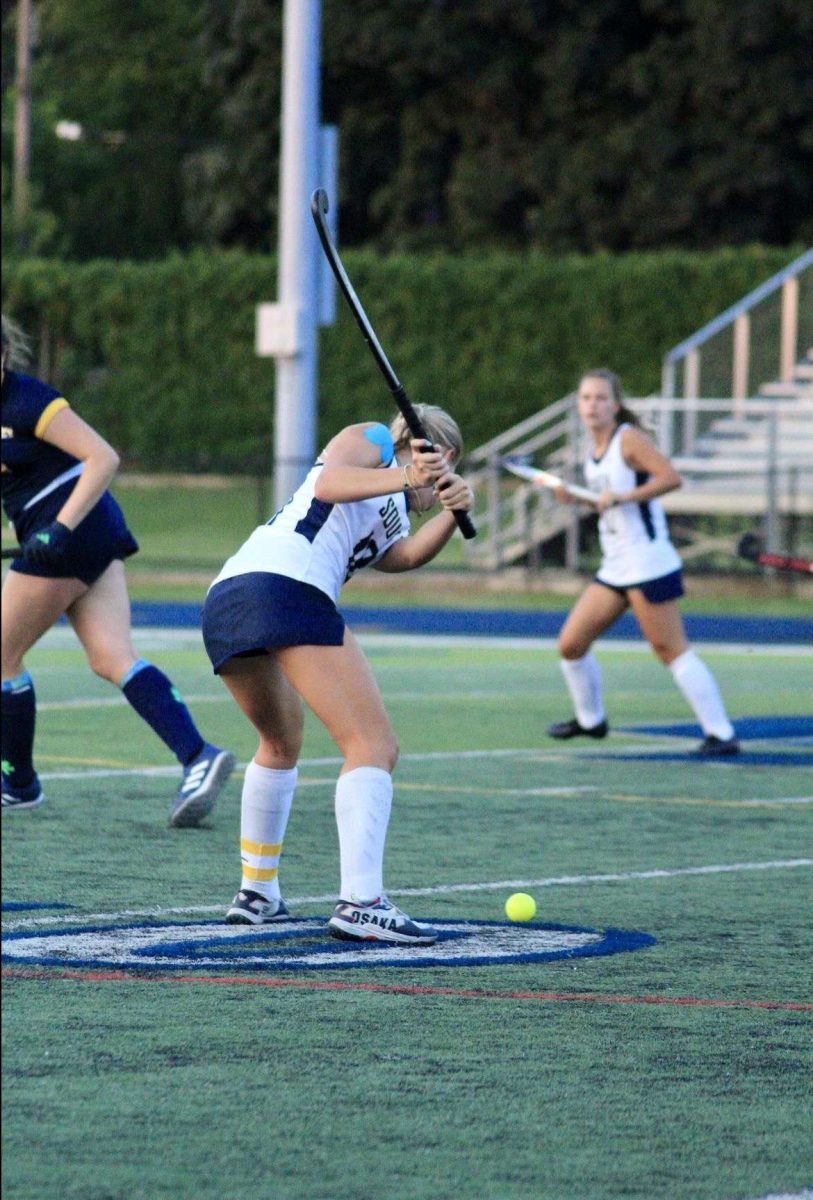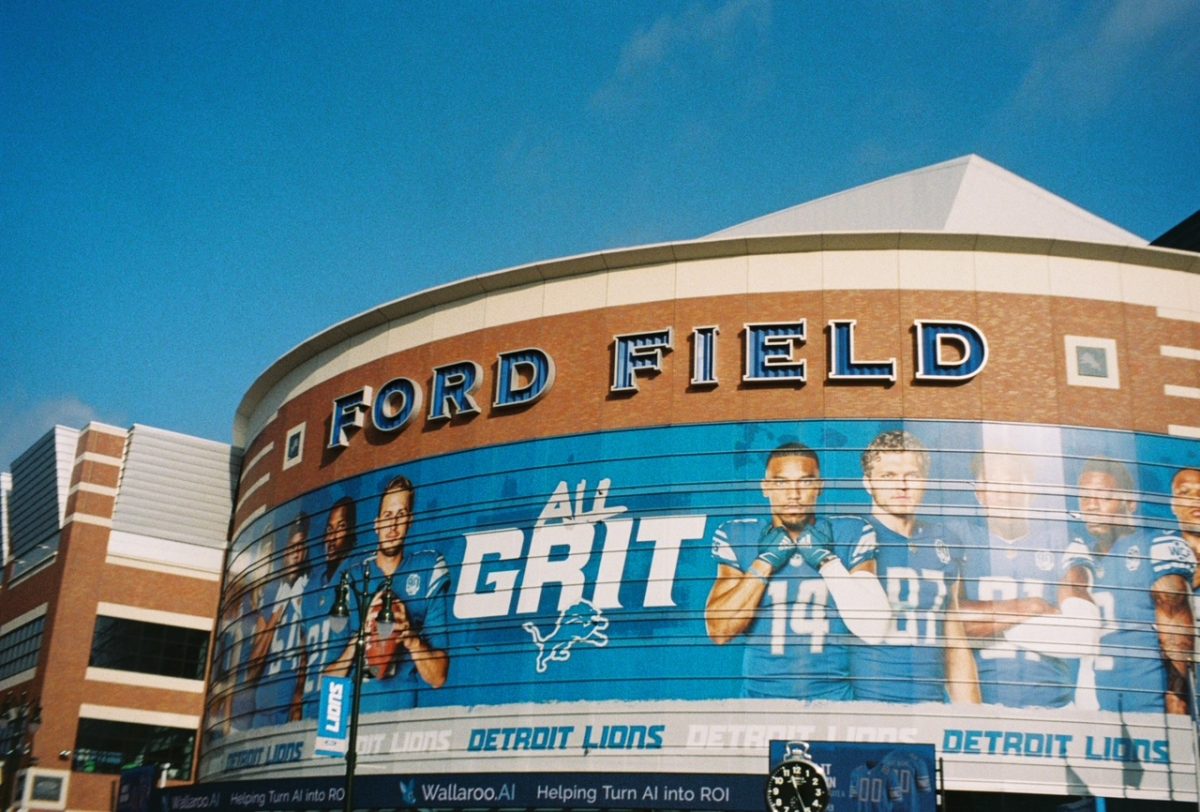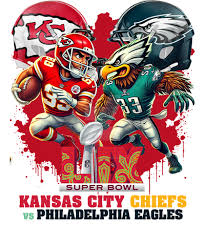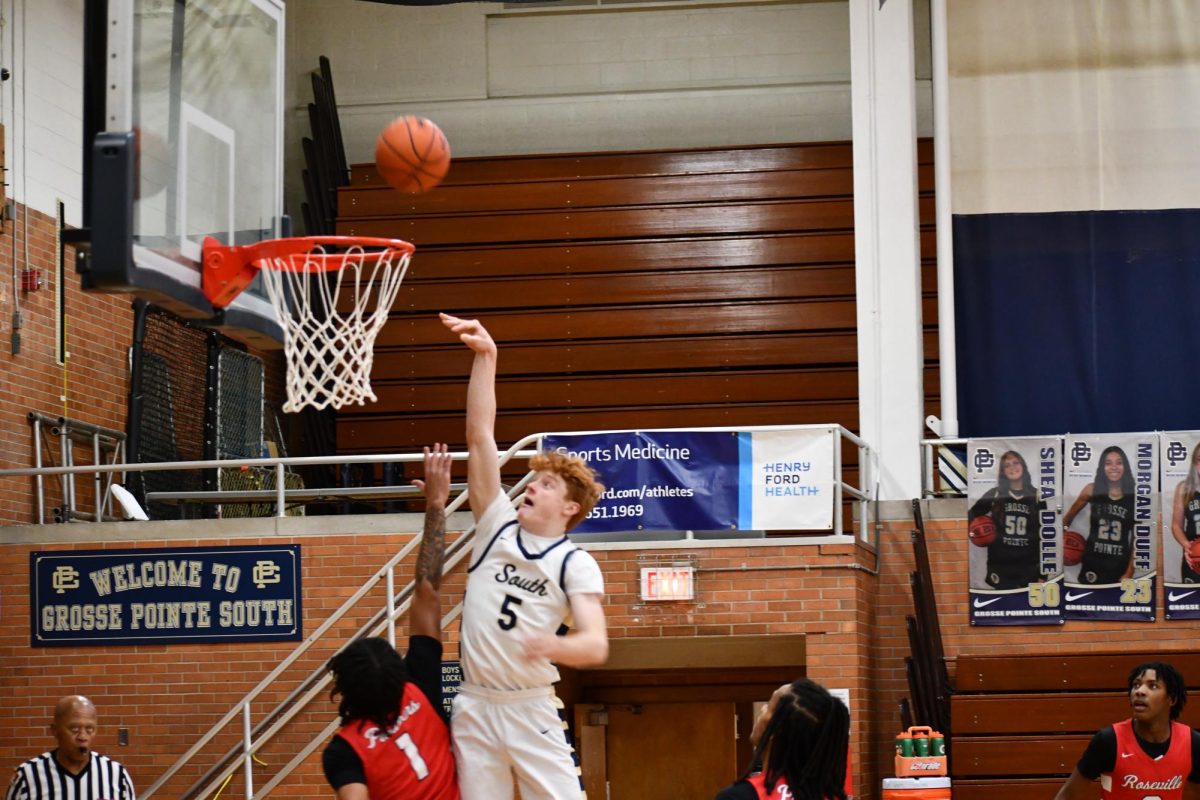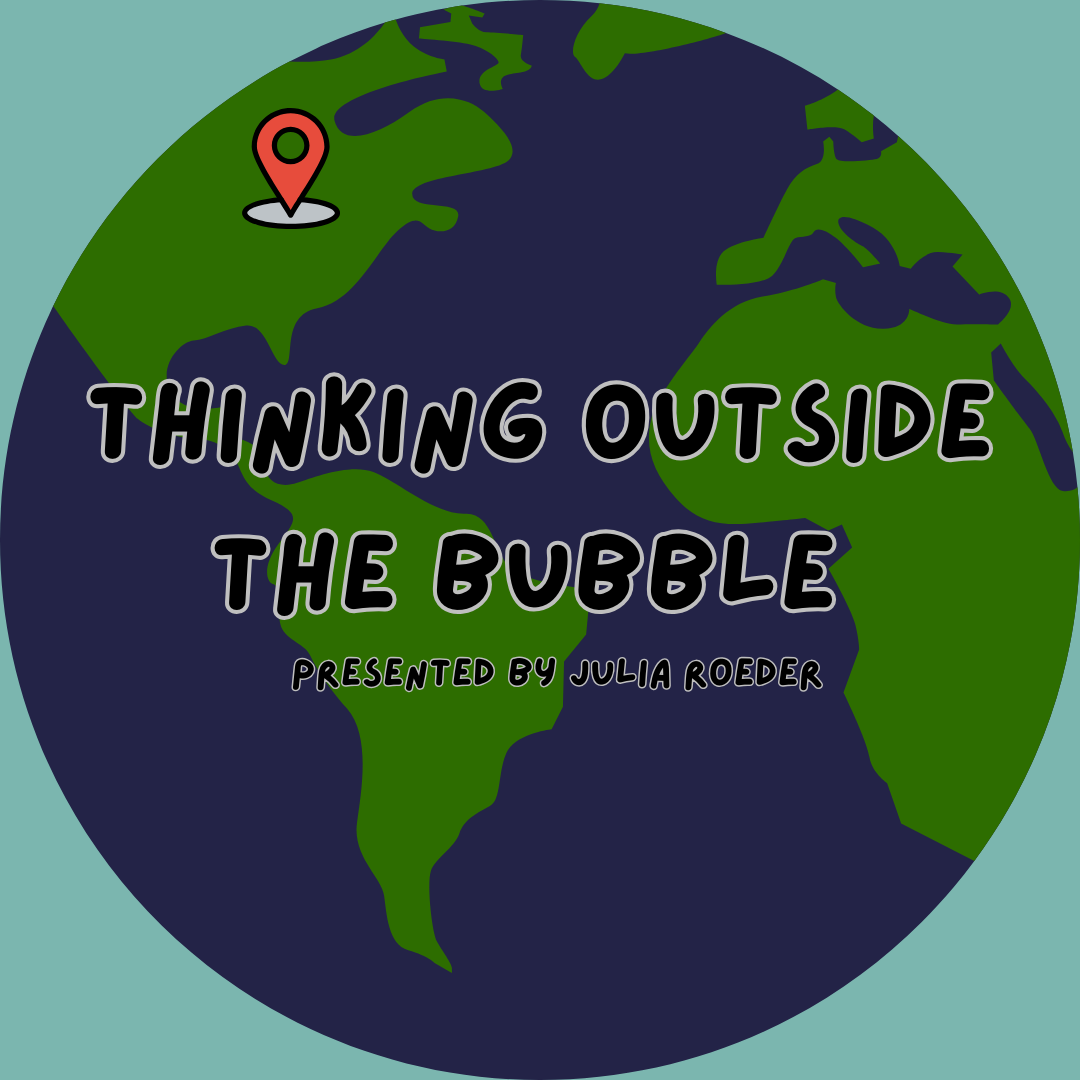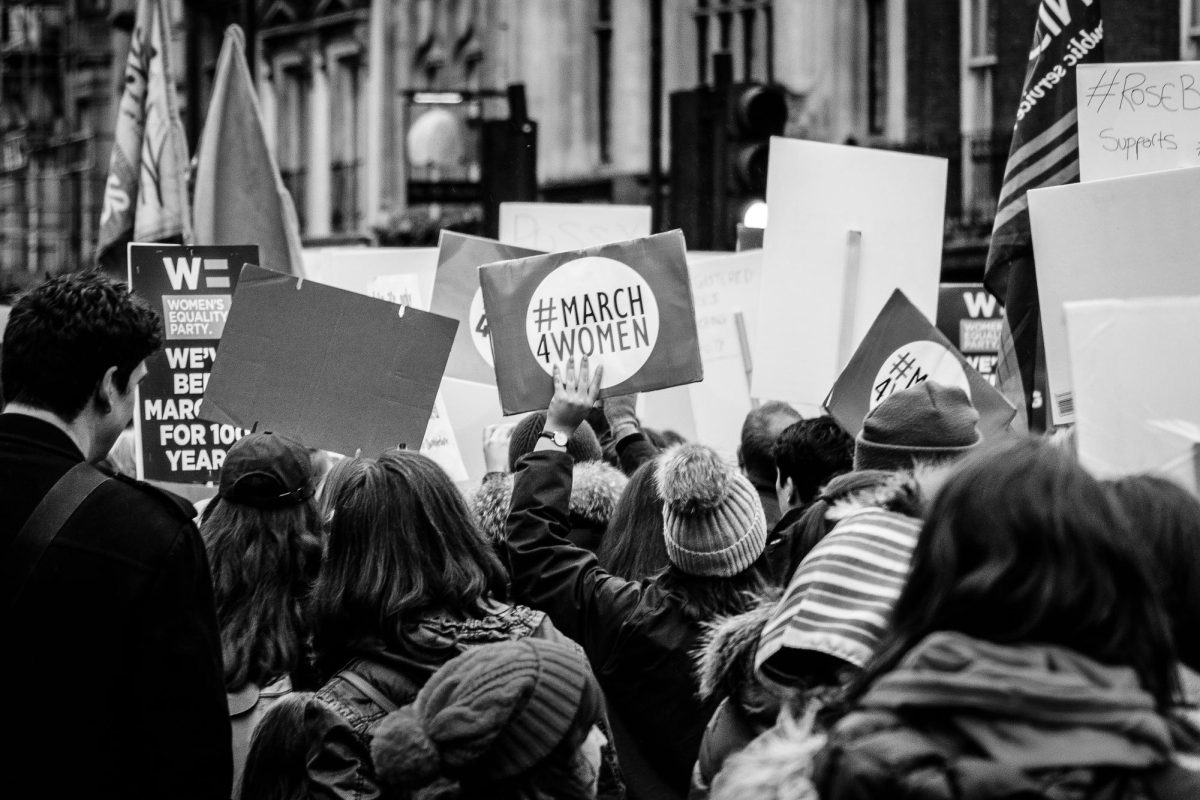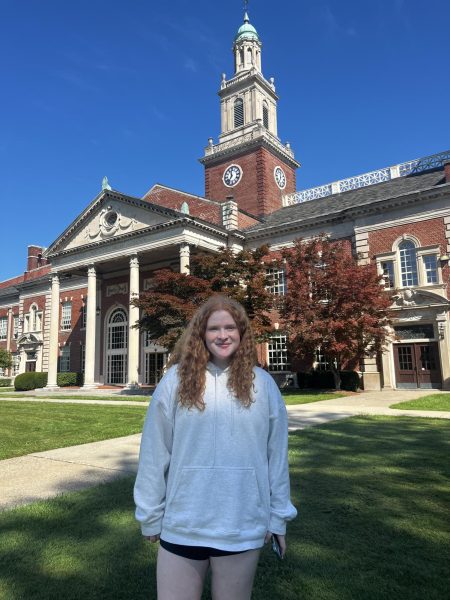The six-time Oscar-winning movie, La La Land, was taken off Netflix on Oct. 31, 2024. Possibly the worst way to celebrate daylight savings. Since its release in December of 2016, it has never fully escaped the public eye- unlike many of the hundreds of other movies that were released that year. To me, this is a testament that truly incredible works of art never fully get out of popular culture’s grasp.
For those who have never watched, I encourage you to stop reading here because I will be spoiling the plot. The movie is about two artists, one a jazz musician and one an actor, who fall in love. The movie stars two of the most incredible actors of their generation, Emma Stone and Ryan Gosling, who portray the artists. With Ryan Gosling as one of the romantic leads, it is reminiscent of a movie he filmed 13 years prior, The Notebook. But The Notebook and La La Land end dramatically differently. One is a testament to how real love can transcend anything, and the other is how passionate careers can transcend real love- somewhat counterintuitive. A heartbreaking end to the story is what puts the cherry on top to make it one of my favorite movies.
It’s not just one of my favorite movies, but also the internet’s. In recent years, numerous trends have graced TikTok, most revolving around the ending scene- the famous stare between Mia and Sabastien, and some being solely based around the musical movie’s score. I will be honest, I do not usually enjoy musical movies. It is astonishingly hard to translate the energy from live musicals to screen acting. But La La Land does this perfectly, at parts allowing the audience to, at times, forget that it is a musical all together. Rarely you will see a theme song from a movie musical be a regular on piano playlists across Spotify, but it’s on almost all of them- nearly 10 years later exhibiting that real art never does go quiet. Within the film, the song is displayed in times of love, as well as times of despair.
Through color theory and song, Damien Chazelle, writer and director of the film, was able to take more of a show-don’t-tell approach to storytelling. From the start of the movie, this is clear with solid colors representing when Mia and Sebatien are emotionally apart, and non primary colors (green and purple) being used when they are emotionally connected. This is a subtle way to foreshadow to the audience what may be to come. This color theory took me about three watches to understand, but it connects everything when rewatching.
What draws me back to this movie time and time again is the timelessness of it. It feels as if you are watching an old romance movie or film noir. Jazz is timeless, the wardrobe is lasting, the musical score sounds as if it could have been written for a 1920s musical or a present day movie. After some research, it is not surprising that Chazelle was infatuated with 1920s silent films. He was able to make a niche passion of his into something beautiful, leading us into something Mia says roughly ¾ of the way through the movie, “People love what other people are passionate about.” Chazelle was able to make something that many people outside of filmmakers think is boring, and make a film that pleased the masses. Emma Stone said herself in a 2016 interview with the Hollywood Reporter that one of the main reasons why she took the role was because Chazele was so excited and passionate about the script he had written.
This quote encapsulates what the entire film is centered around: passion. Mia and Sebastian are passionate about their respective crafts, but also their relationships, and eventually one has to give. One passion has to override the other, a tale as old as time. The main point of this plot is to follow your heart no matter how painful it may be. It shows us that we can learn from the people we love. Mia learns to love jazz, write her own play, and to follow her dreams of becoming a respected movie star. Sebastian learns that not doing what you are passionate about will only hurt you in the end. They both teach each other to chase their dreams, even if that means forgetting about one and other. A devastating end for all romantics, but it is reality.
Clearly, La La Land being taken off of Netflix is not the end of the impact that this movie will have, but it marks the close to a year and a half of millions of teenage girls watching this movie monthly, like myself. Let’s hope the internet does not have withdrawals.





